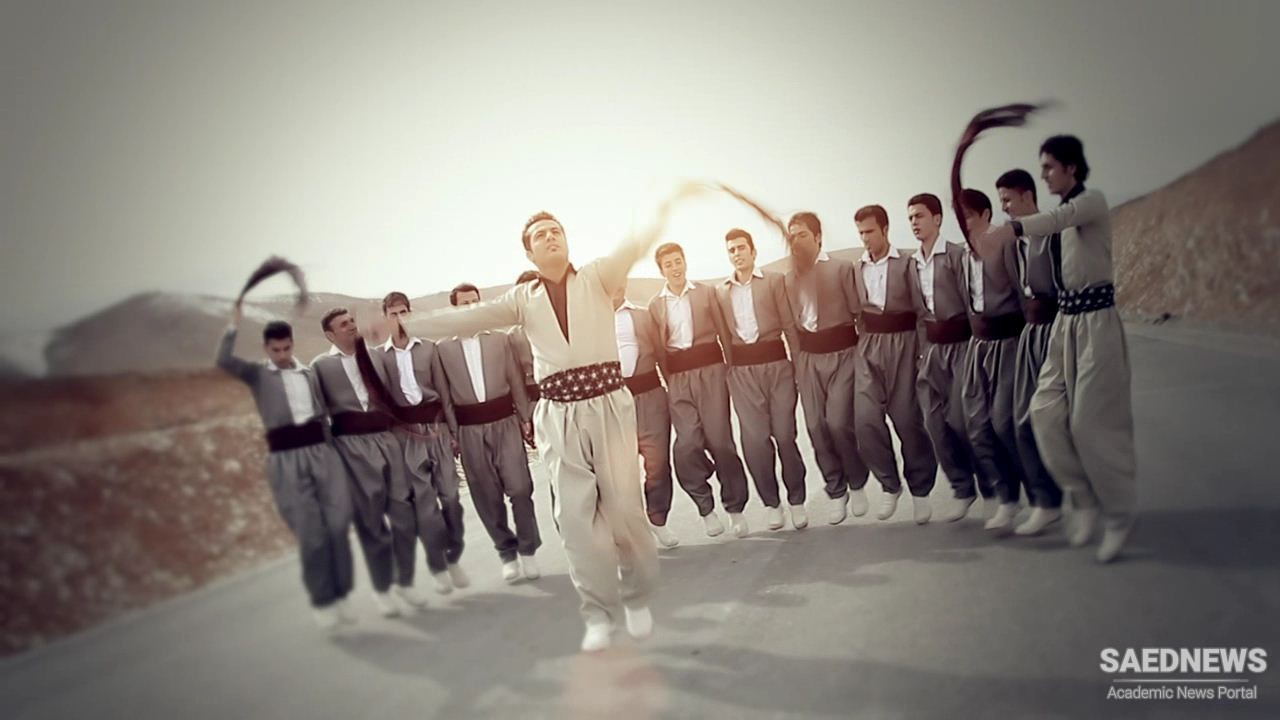Kurdish dance is as important and unique to Kurdish culture as Kurdish music. There are hundreds of catalogued Kurdish dances in the four regions of Kurdistan. Each village has its own signature dances, and each dance has regional variations and names. It is common, however, that many Kurdish dances are not named or recognized as Kurdish.
Almost all Kurdish dances are community dances, frequently with men and women dancing together. There are three types of floor patterns; Circle, Semi-Circle and Straight Line. Typically, the dancers are linked by holding hands, by standing shoulder to shoulder, by interlacing pinky fingers or by placing hands across the lower back. Men’s-specific dances can be recognized by their speed and athletic feats, while women’s dances feature more delicate foot, shoulder, knee and neck movements.
An interesting thing about the dialectal differences between Kurmanji-speakers and Sorani-speakers is that there are music and dance differences that parallel the languages.

In the dances of the Kurmanj, the body is held erect, and the dancers tightly hold onto each other, often using what is called the “Kurdish hand hold” (hands held straight down at the sides, with fingers of two adjoining dancers interlocking), also known as the pinky hold, familiar to many folk dancers from Armenian folk dances. The movements are sharp, energetic and very impressive.
The dances of the Soran feature simpler steps, but the shoulders are continually raised and dropped, the body swaying in a lilting, bending, fluid style that lends the dances a fish-like feeling. A characteristic feature of all Kurdish folk dancing, which sharply differentiates it from other Middle Eastern cultures, is the lack of segregation by sex: men and women dance together in the same line.
Some of the dances of the Kurmanj performed in folk dance circles include Keçiko and Çepikli (from Gaziantep), Garzane, Papuri, and Meyroke (from Bitlis), Temilav (from Van), and Çeçeno (from Diyarbakir). Sheikhani is common in Behdinan, the Kurmanji-speaking part of Iraqi Kurdistan; it is also danced by Kurdish Jews and Assyrians. Soran dances include Gerdun, Çepi, Khanim Miri and Sepeyi.


 Kurdish Language and Its Cultural Resonances
Kurdish Language and Its Cultural Resonances














































